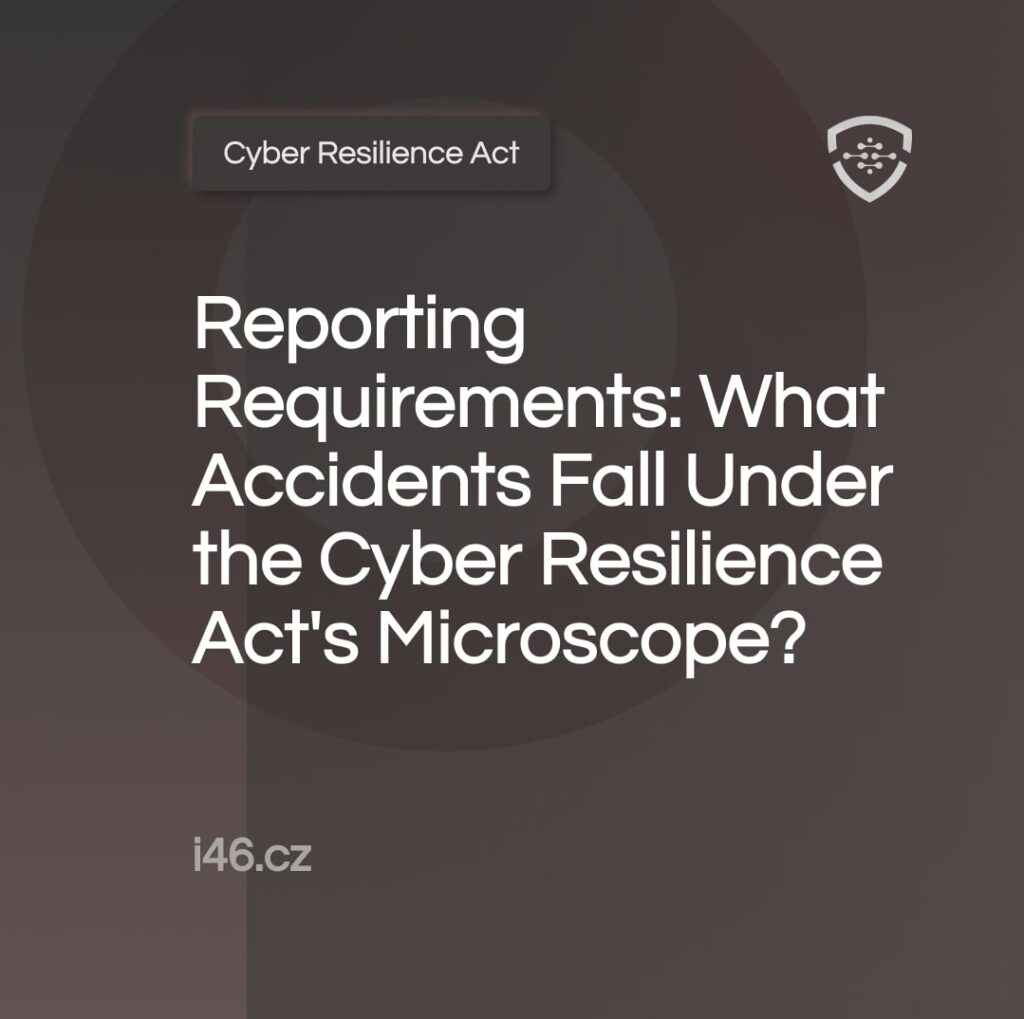Reporting Requirements: What Incidents Fall Under the Cyber Resilience Act's Microscope?

The Cyber Resilience Act (CRA) looms large on the horizon, promising a stricter cybersecurity landscape for the Internet of Things (IoT) world. But amidst the technical jargon and legal timelines, one question might be nagging manufacturers and software developers: what exactly will need to be reported as an “incidents”? In this article, we explore the reporting requirements mandated by the CRA.
The Incidents Under the CRA Spotlight
The CRA casts a wide net, capturing incidents that:
- Compromise the confidentiality, integrity, or availability of a covered product. Imagine a smart fridge leaking grocery lists and recipes to hackers, or a connected thermostat manipulated to overheat a home.
- Exploit vulnerabilities in the product. This could involve attackers using known loopholes to gain unauthorized access or disrupt functionality.
- Cause physical harm or damage due to a cybersecurity incident. A hacked medical device malfunctioning or a self-driving car compromised by malware are chilling examples.
Timeline for Reporting
Manufacturers and developers must act fast – the clock starts ticking the moment they become aware of an incident:
- 24 hours: Notify the relevant national authority about the incident, providing initial details like the nature of the incident, affected products, and potential harm.
- 15 days: Submit a comprehensive report with a deeper analysis of the incident, including root cause, impact, mitigation measures, and planned corrective actions.
Going Beyond the Headlines
The CRA doesn’t just want headlines – it craves actionable insights. Reports should be detailed enough to enable authorities to understand the scope of the problem, assess potential risks, and coordinate response efforts. This includes:
- Technical specifics: Affected product models, software versions, vulnerabilities exploited, and attack vectors used.
- Impact assessment: Number of affected users, potential harm caused, and estimated economic losses.
- Mitigation steps: Patches deployed, software updates released, and user notification issued.
- Corrective actions: Long-term measures to prevent similar incidents from happening again.
Preparing for the Reporting Blitz
With the CRA’s shadow looming, manufacturers and developers should proactively:
- Establish clear internal incident reporting procedures.
- Invest in vulnerability management tools and processes.
- Maintain accurate product documentation and version control.
- Train personnel on the CRA’s reporting requirements.
The Takeaway
The Cyber Resilience Act’s incident reporting requirements are no small feat. But remember, it’s not just about paperwork – it’s about building a safer, more secure IoT ecosystem for everyone. By taking proactive steps and fostering a culture of transparency, manufacturers and developers can navigate the reporting process with confidence and contribute to a more resilient digital future.
Join the Discussion:
Chat with i46’s CEO: Erel Rosenberg
Find out more information on the Cyber Resilience Act here



